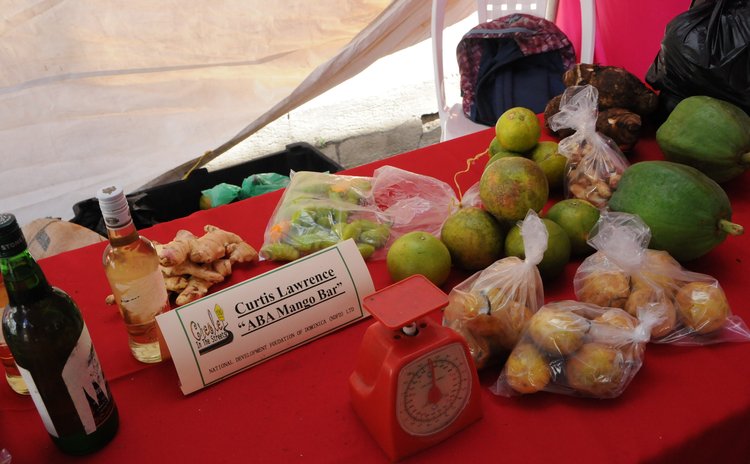Agriculture & agro-industry – again!

As I indicated in Part I, much of this article comes from the recent FAO Sourcebook. In an industrialized, globalized and increasingly urbanized world, agribusiness and agri-food systems in general have been transforming rapidly. Once concerned primarily with growing, packaging and delivering products to markets (... and often poorly packaged and priced ...), sustainable agriculture and agro-industry today has had to become a highly industrialized sector, with significant medium- and large-scale investment and worldwide networks and global supply chains that deliver substantially transformed agricultural products to businesses and consumers in both near and distant economies and markets. This is not quite the situation in Dominica – but needs to become so if we are serious about the sector!
The various stakeholders in the agricultural and agro-industrial sector (the latter is the key one to attract our youth...) share a variety of complementary objectives. Producers and their organizations seek larger markets and better market access, and often forward integration into value addition and supporting services. Agro-industrial businesses look for new and reliable sources of supply, and the comparative and competitive advantages that result from these sources.
Individual entrepreneurs look for new business opportunities, in value addition, intermediation, service provision and scale. Governments seek new investments, increased exports, value addition, food security and job creation.
Each of these actors and stakeholders is thus engaged in a highly competitive effort to generate or attract the investment that responds and builds upon productivity and location advantage.
To be efficient, local supply producers and their rural supply links need to be strong, well interconnected and supported by an enabling environment and a synergistic approach facilitated by governments and the business community.
The more globalization forces expose the agricultural sector to the new far-reaching changes, the more local solutions need to emerge to foster local competitiveness.
Even in the context of small Dominica, one needs to remember that, in spite of the rise of global chains, most agri-food production still remains locally produced and consumed.
The growing disparity and inequality in agri-business development, in part as a result of globalization forces – so many local supermarkets now sourcing/importing from overseas – are putting territorial processes at centre stage. Governments should acknowledge the extent to which place-specific factors (e.g. endowment of natural and other productive resources, as well as social, institutional and knowledge capital) influence agriculture and agro-industrial development outcomes.
With the above in mind, it is clear that a number of requirements (to catalyze and maintain agro-industrial development in specific locations) should become developed policy for sustainability, to enhance value addition, to help create jobs, increase exports and provide markets for new and existing producers. That is today's crucial challenge for government and for our diminishing (?) agro sector.


